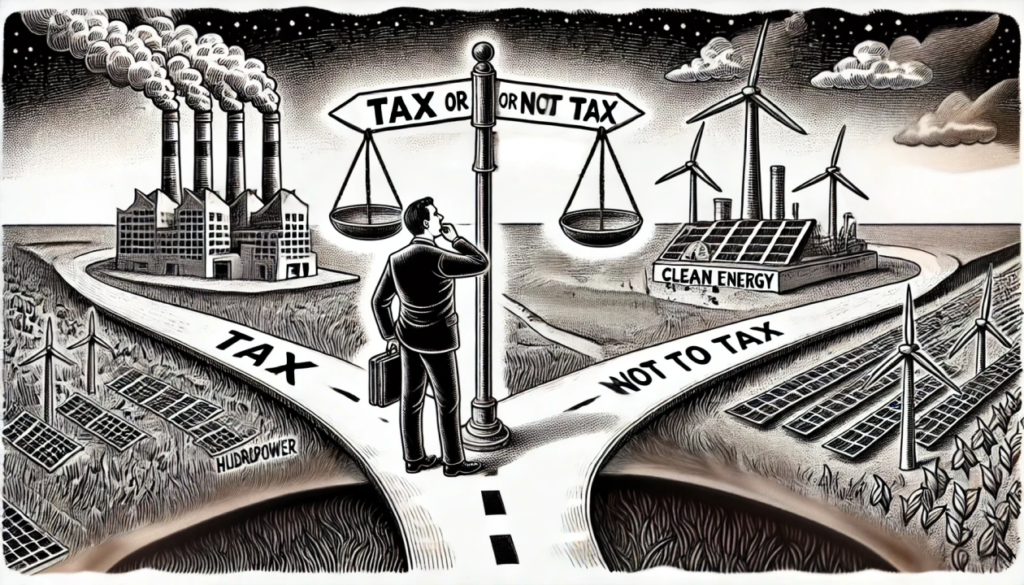
(LinkedIn: https://www.linkedin.com/pulse/tax-navigating-complex-path-decarbonization-benoit-marcoux-qcype)
The carbon tax has become a focal point in Canada’s federal election debate, reflecting the challenge of balancing economic growth, environmental sustainability, and public support. As a widely discussed tool for reducing greenhouse gas emissions, it highlights the tension between urgent climate action and the economic and social impacts of policy decisions. While carbon pricing is important, relying solely on price signals is insufficient for achieving a sustainable transformation. Comparisons to the transition from horse-drawn carriages to automobiles illustrate that success requires innovation alongside coordinated efforts to establish regulations and infrastructure—not just a tax on horse manure.
The Objectives of Carbon Policy ToolsThe ultimate goal of carbon policy should be to permanently reduce, or even eliminate, global greenhouse gas emissions. Achieving this requires strategic deployment of tools as technologies evolve and emission profiles shift. However, policies focused on short-term cost efficiency risk improving fossil fuel systems instead of promoting zero-emission alternatives. For instance, subsidies for enhancing the efficiency of coal-fired power plants might reduce emissions temporarily but extend the plants’ lifespans, delaying renewable energy investments and increasing long-term costs.A more effective strategy prioritizes early investment in zero-emission technologies, ensuring they can scale up and become cost-effective over time. Transitioning to clean systems as quickly as feasible minimizes wasted resources and accelerates decarbonization. Striking this balance is crucial: policies must avoid economic disruption while building broad public and industry support for transformative change.Avoiding Unintended ConsequencesCarbon policies must consider global emissions, avoiding scenarios where domestic efforts shift emissions by outsourcing manufacturing to regions with looser environmental regulations, thereby undermining their impact. For example, the outsourcing of production to countries like China, where coal dominates the energy mix, has been linked to a rise in global emissions despite reductions in Western nations.Policies should also mitigate public backlash. Overly apparent taxes, like fuel surcharges, can unfairly burden individuals without access to sustainable options. Instead, subsidies for eco-friendly vehicles and penalties for polluting ones, when viable alternatives exist, promote fairness. Additionally, policies must avoid shutting down industries where sustainable alternatives have not yet been developed, ensuring economic resilience during the transition.Innovation and Structural ChangeDecarbonization requires innovation and structural changes, not just redistribution of resources. Early funding of public research and development (R&D) is critical for creating and adopting new technologies, which can then be supported through market-shaping policies. These include subsidies, tax credits, public procurement, mandates, standards, direct public investment, and carbon pricing. Such measures establish a foundation for clean technologies to gain traction and eventually dominate the market.Efforts should initially focus on nurturing renewable industries rather than penalizing fossil fuel use. Criticizing existing systems without presenting compelling alternatives achieves little. Instead, showcasing and testing new clean technologies in niche markets can pave the way for broader adoption. Early-stage support, such as subsidies and tax credits, is crucial to address financial risks that deter private investment.The Role of Carbon PricingCarbon pricing is a versatile tool for reducing emissions, but its effectiveness depends on careful design and implementation. Early in the transition, moderate carbon prices may not drive widespread adoption of green technologies due to the lack of viable substitutes. Instead, they may lead to incremental efficiency improvements in fossil fuel use or emissions shifts across sectors without creating structural change. For example, a modest carbon tax might incentivize a shift from oil to gas rather than to renewables.Cap-and-trade systems provide certainty in emissions reductions but introduce price volatility, complicating long-term planning for businesses and consumers. However, they offer an advantage in cross-jurisdictional collaboration. The Québec-California system exemplifies this approach, harmonizing regional goals and achieving emissions reductions through shared frameworks.In contrast, carbon taxes offer cost predictability, fostering investments in cleaner alternatives. They can be more easily tailored to target sectors with accessible green options, like power generation, while offering exemptions or lower rates for hard-to-abate industries such as aviation or cement production. This flexibility ensures fairness and practicality while encouraging innovation in low-emission technologies.Ultimately, the choice between carbon taxes and cap-and-trade systems should reflect sector readiness and regional goals, striking a balance between environmental, economic, and social priorities.Leveraging Market-Shaping Policies Across the Technology Life CycleMarket-shaping policies are essential for driving the adoption of clean technologies. Different industries progress through distinct stages of technological development, requiring targeted approaches. Policymakers must acknowledge that several life cycles can coexist simultaneously within different sectors:
- Early Stage: Public funding for R&D lays the foundation for innovation. Research laboratories play a key role in conducting essential R&D and testing new technologies before they are scaled for broader use.Demonstration and Early Commercial Stage: Subsidies and tax credits offset financial risks, enabling the initial deployment of clean technologies. Public procurement accelerates demonstration projects, proving the viability of these solutions.Growth Stage: Mandates and standards help establish markets for emerging technologies, while green banks and targeted lending address funding gaps. Policymakers must balance the integration of global supply chains with fostering local capacity for critical components, ensuring economic resilience. This dual approach not only creates jobs but also builds public support by showcasing tangible benefits of the transition.Market Competition Stage: As competition intensifies and economies of scale drive costs down, declining incentives can still bridge cost gaps, making clean technologies more affordable. These policies facilitate a smoother transition for businesses and consumers to adopt cleaner alternatives, reducing financial barriers and accelerating widespread adoption.Mature Stage: Financial penalties, such as fees on traditional technology or carbon pricing, become effective motivators for transitioning away from outdated and polluting technologies. By this stage, clean alternatives are widely available and cost-competitive, making penalties a strong driver for finalizing the transition.
Sequencing and Sustaining Policy SupportEffective policy sequencing is vital for achieving lasting emissions reductions while minimizing economic disruptions and public resistance. Early-stage measures such as public procurement, subsidies, and regulations are instrumental in establishing new technologies. However, withdrawing support prematurely risks allowing entrenched industries to reassert dominance.Once clean alternatives are widely available and competitive, targeted penalties on outdated technologies can further drive the transition. Policy predictability remains crucial, including well before their application, giving stakeholders the confidence to plan and invest in long-term transitions. Policymakers must also plan a clean electricity supply for the growing demand, ensuring that infrastructure keeps pace with electrification needs. This alignment helps avoid bottlenecks that could stall the broader decarbonization effort.Integrated Energy System Plan (IESP)An IESP is pivotal for sustainable energy solutions. Unlike isolated policy measures, an IESP takes a comprehensive approach to energy management, integrating diverse energy sources, demand forecasts, technologies, infrastructure, and supply chains to optimize efficiency and sustainability. This plan addresses the immediate need for reducing greenhouse gas emissions while ensuring long-term energy security and economic resilience.An IESP organizes and integrates efforts across key sectors, such as electricity, transportation, and industry. By incorporating advancements in renewable energy, energy storage, smart grid technologies, and green customer solutions, an IESP aims to optimize supply and demand, reduce inefficiencies, and improve system reliability. This approach is designed to support the transition to a low-carbon economy while addressing energy security and sustainability challenges.ConclusionThe question of whether to tax or not to tax encapsulates the broader challenge of decision-making under uncertainty. Policymakers must weigh risks, consider consequences, and grapple with ethical and practical concerns in charting a path forward. Like Hamlet’s existential dilemma, “to be or not to be”, the choices in carbon policy are fraught with complexity and stakes of great magnitude. To accelerate the energy transition, governments must employ a diverse and dynamic toolkit, carefully sequencing and calibrating predictable policies to foster innovation, reduce emissions, and achieve global climate goals. The struggle to decide reflects the broader need for courage and foresight in confronting the uncertainties of our shared future.
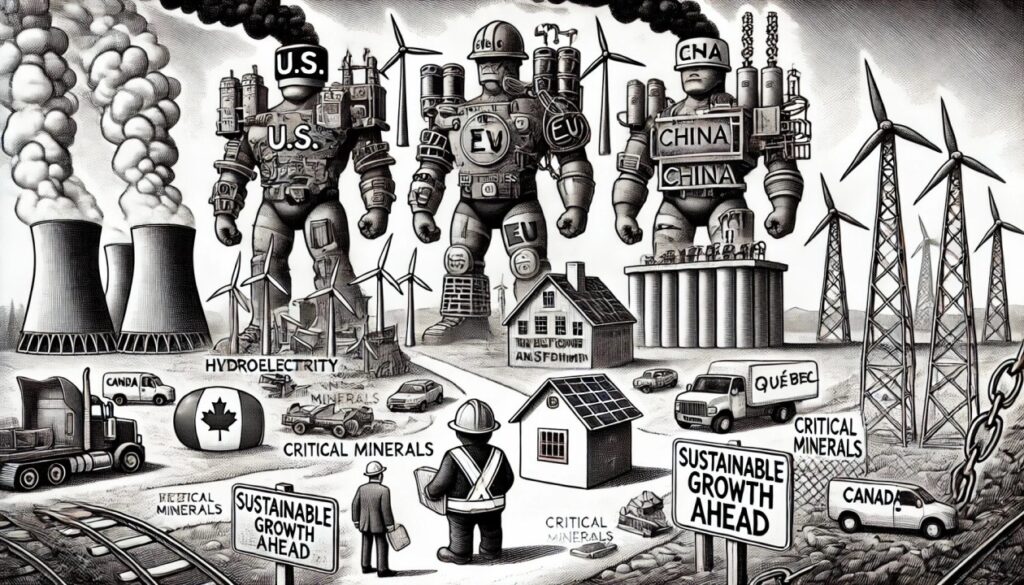
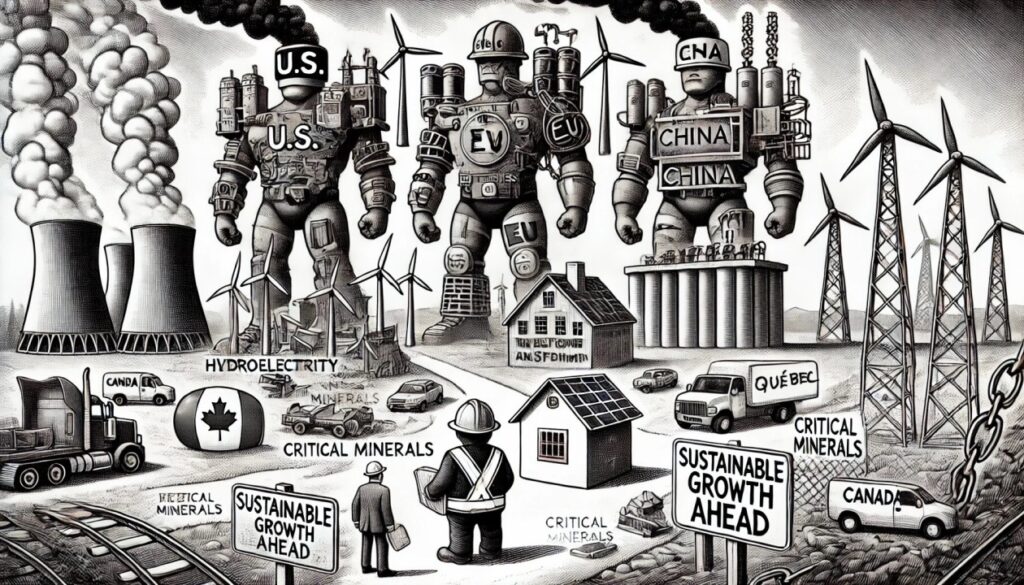
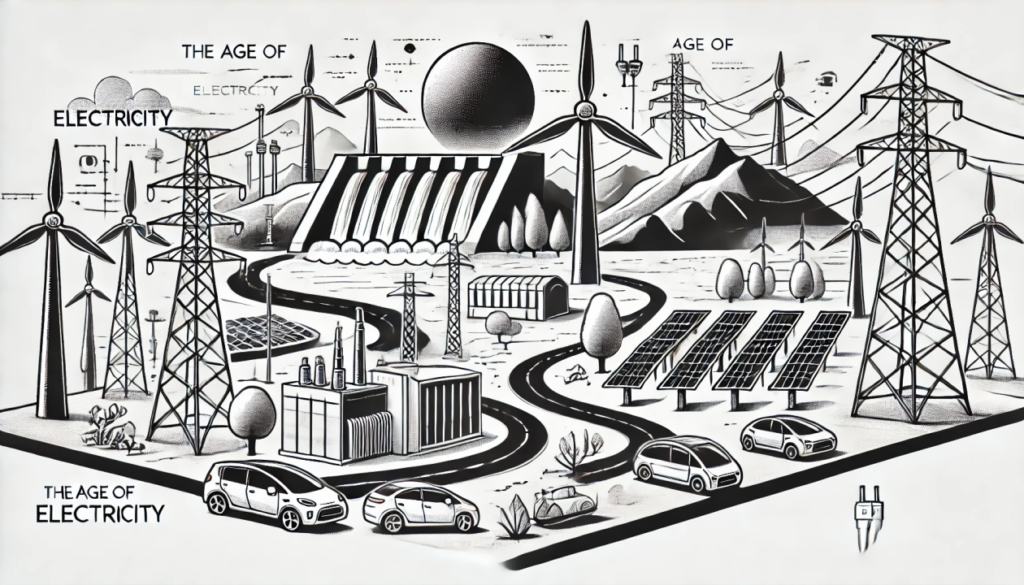
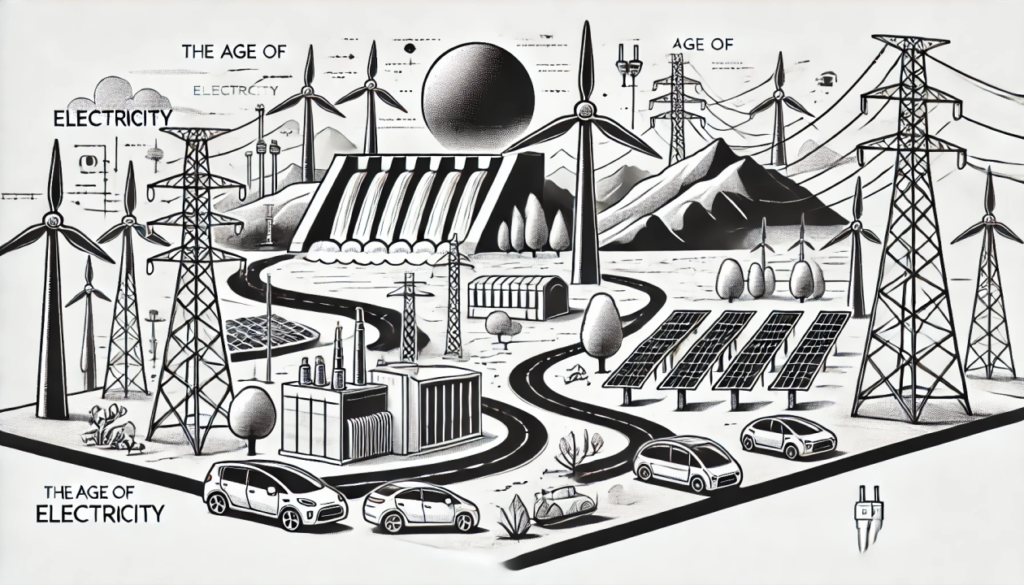
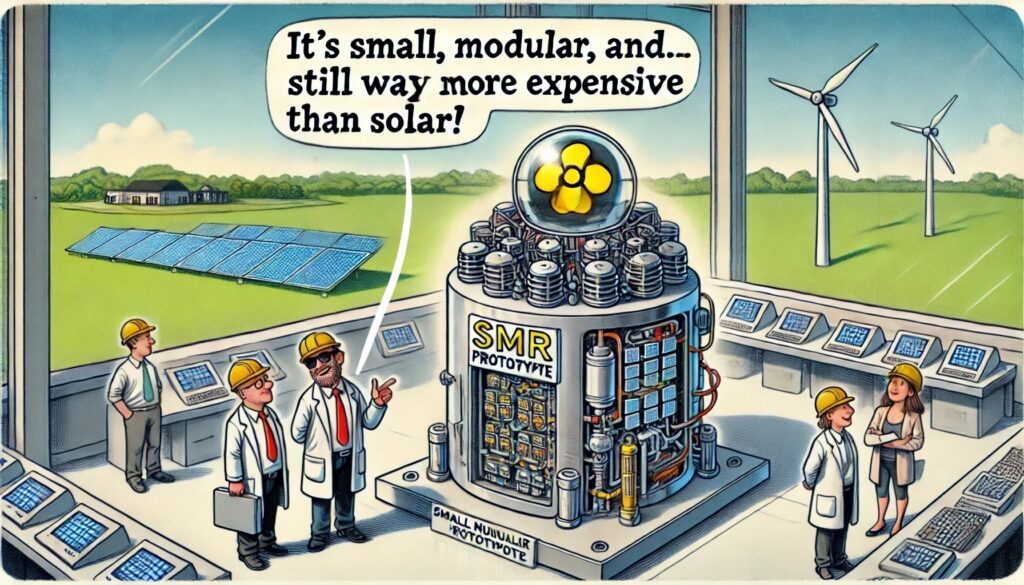









 LikeCommen
LikeCommen